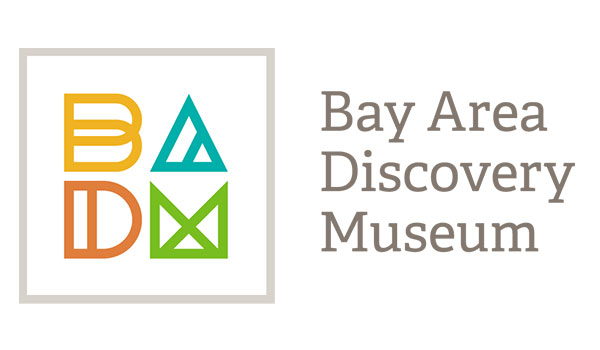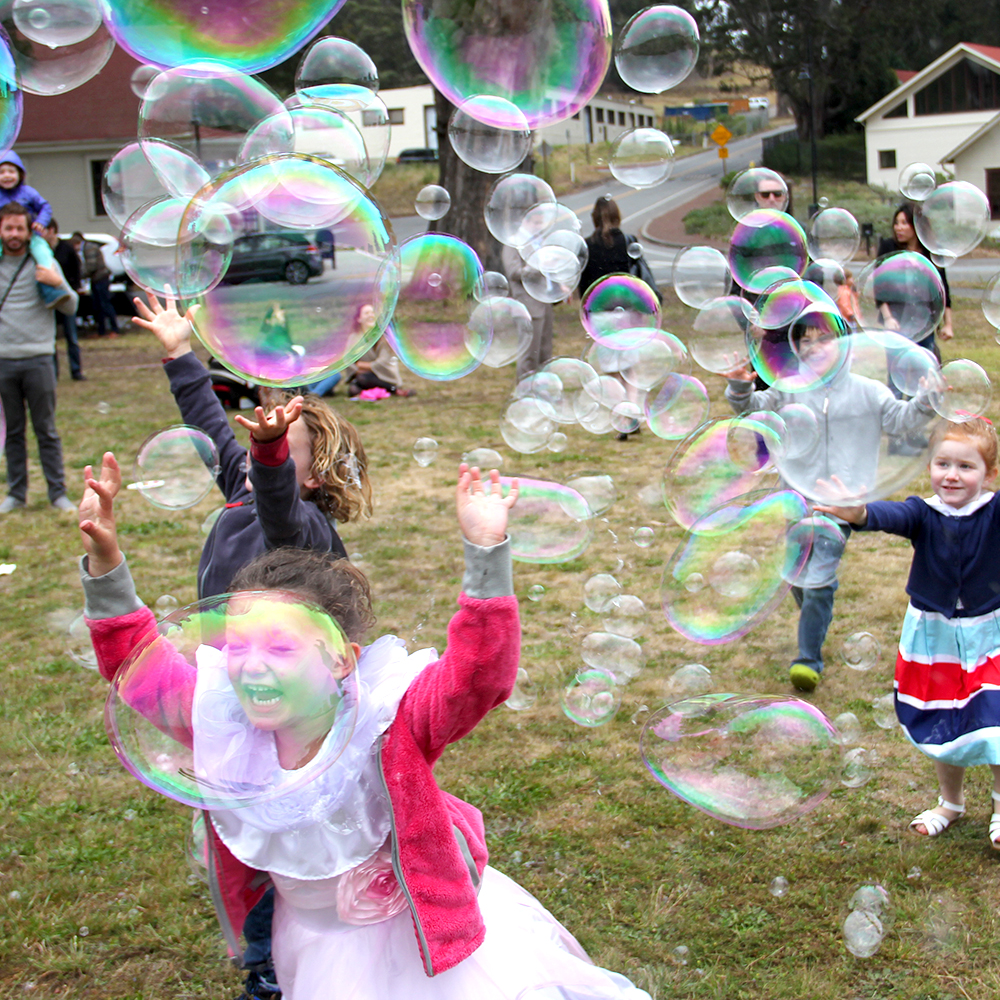Bring bubble blowing to a new level! Construct homemade bubble wands and blow bubbles that are dazzling and unique. This activity encourages both creative problem finding and problem solving.
Materials Required
- Pre-made bubble solution
- Plastic containers and trays in which to pour the bubble solution
- Bubble wands in different shapes and sizes
- Variety of household items like slotted spoons, funnels, lids, and cookie cutters
- Materials to create the bubble wands like pipe cleaners, soft wires, string, straws, plastic cups, or plastic bottles
Instructions
- Blow as many bubbles as possible, using the store-bought bubble wands. How do the bubbles differ? Are they different shapes and sizes?
- Examine one of the bubble wands and determine its major components. What parts do the all the wands have in common? How do they differ?
- Use the household items and additional materials to create homemade bubble wands. Remember the components that all of the store-bought bubble wands had in common.
- Try transforming the materials. Could an old hanger be bent into a new shape, or a hole poked into the center of a bottle cap?
- Put the new tools to the test and start blowing bubbles!
Additional Tips
Try these add-on activities:
- Try transforming the bubbles! Add some paint to the bubble solution and create bubbles of all colors of the rainbow. Catch the bubbles on white paper and create unique works of art!
- Make the biggest bubble possible! Work with a partner to create a bubble wand so big that two people need to work together in order to use it to blow bubbles.
- Create a bubble dance. Choose a favorite song, and work in a group to blow bubbles and create a choreographed masterpiece.


